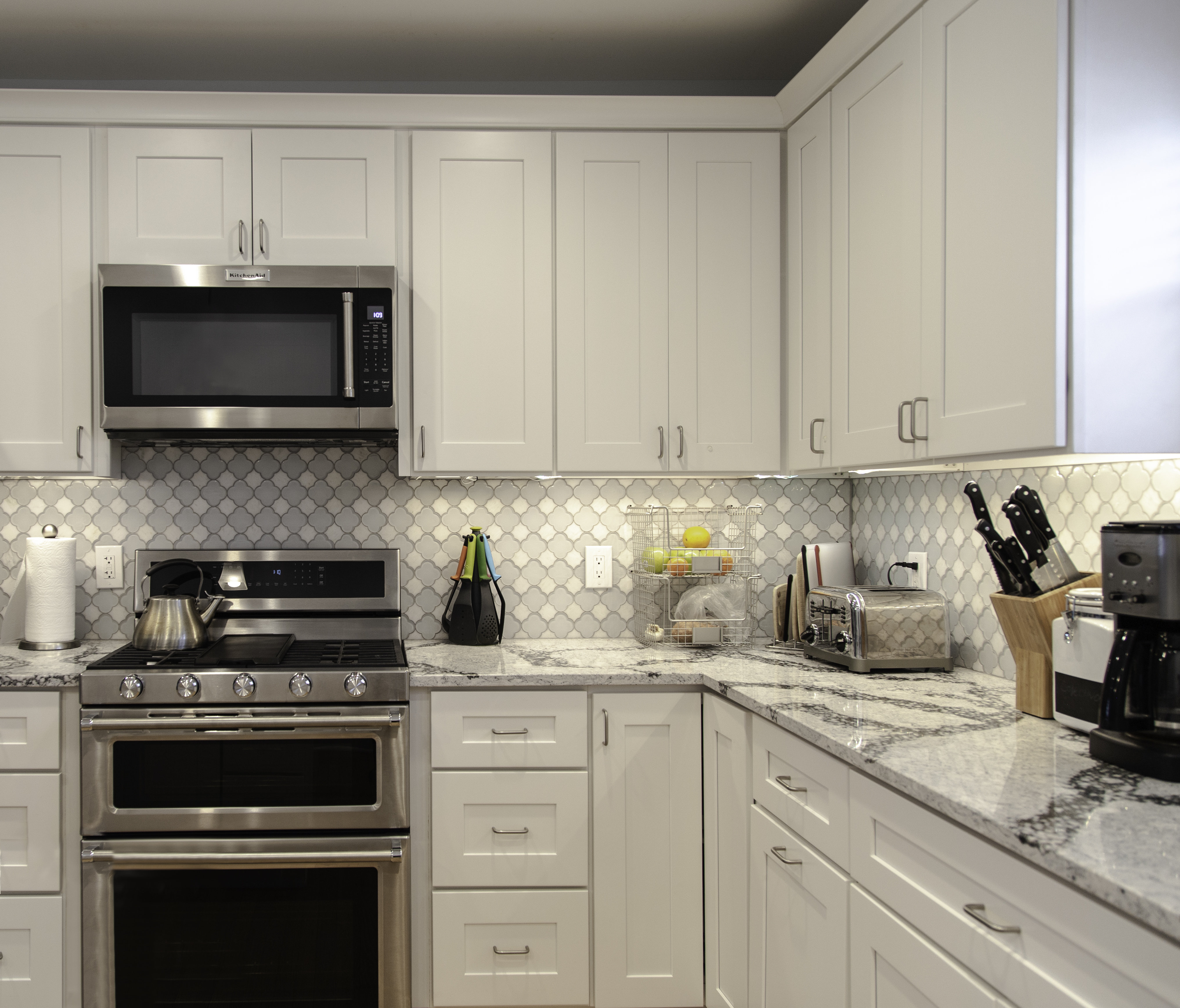Designing and Integrating Farmhouse Kitchen Cabinets: Farmhouse Kitchen Cabinet Styles

Farmhouse kitchens evoke a sense of warmth, practicality, and timeless elegance. Careful planning of your cabinetry is crucial to achieving this desired aesthetic while ensuring both functionality and efficient workflow. The design process should prioritize both the visual appeal and the practical needs of the space.
Planning Farmhouse Kitchen Cabinet Layout, Farmhouse kitchen cabinet styles
A well-planned layout is the cornerstone of a successful farmhouse kitchen. Consider these key steps to ensure your cabinets are both beautiful and functional.
- Assess Workflow: Begin by analyzing how you currently use your kitchen. Identify the primary work zones – cooking, cleaning, and food preparation – and plan your cabinet placement to support a smooth and efficient flow between these areas. For example, place pots and pans near the stove, dishes near the sink, and food storage near the refrigerator.
- Determine Storage Needs: Make a detailed inventory of your current kitchenware and food items. This will help you determine the size and type of cabinets you need. Consider incorporating a variety of cabinet sizes, including tall pantry cabinets, base cabinets with drawers, and upper cabinets with adjustable shelves. Think about specialized storage solutions such as pull-out spice racks or corner cabinets with lazy susans.
- Plan Appliance Placement: The placement of your major appliances – stove, oven, refrigerator, dishwasher – will significantly influence your cabinet layout. Ensure sufficient counter space around each appliance for easy access and workflow. Allow for proper ventilation around the stove and oven. Consider the proximity of the dishwasher to the sink for efficient cleaning.
- Choose Cabinet Styles: Farmhouse kitchens often feature shaker-style cabinets, characterized by their simple, clean lines and flat-panel doors. However, you can incorporate other styles, such as raised-panel cabinets, to add visual interest. Consider the wood type – oak, pine, or maple – to complement your overall design aesthetic.
- Consider Cabinet Hardware: Cabinet hardware plays a significant role in defining the farmhouse style. Choose knobs and pulls that are simple, functional, and aesthetically pleasing. Consider using black or brushed nickel finishes for a classic farmhouse look. The hardware should complement the wood tone and overall style of your cabinets.
Incorporating Open Shelving
Open shelving adds a rustic charm and a sense of airiness to a farmhouse kitchen. However, careful planning is necessary to maintain a cohesive aesthetic.
Open shelving should be strategically placed to complement the closed cabinetry. It is generally recommended to avoid placing open shelving above the stove due to the potential for grease buildup. A balanced approach is key – integrate open shelving selectively rather than replacing all upper cabinets.
To style your open shelving effectively, consider these suggestions:
- Group like items together: Organize dishes, glassware, and cookbooks into visually appealing groupings.
- Vary heights and textures: Mix and match different sizes and shapes of dishes and decorative items to create visual interest.
- Incorporate decorative elements: Add small plants, vintage containers, or other decorative items to personalize the space.
- Maintain a clean and organized look: Regularly declutter and wipe down the shelves to keep them looking their best. Avoid overcrowding the shelves to maintain a sense of spaciousness.
